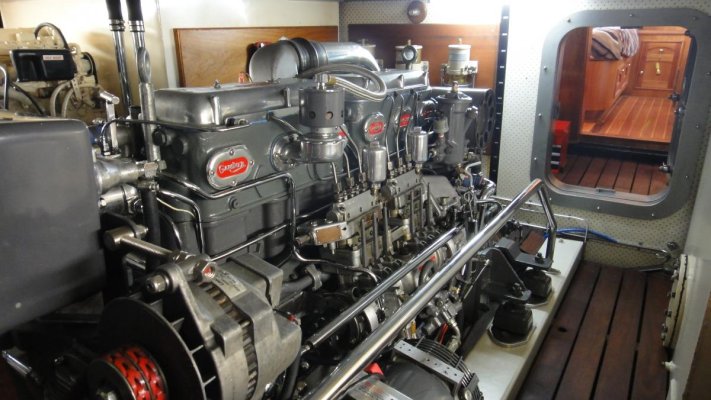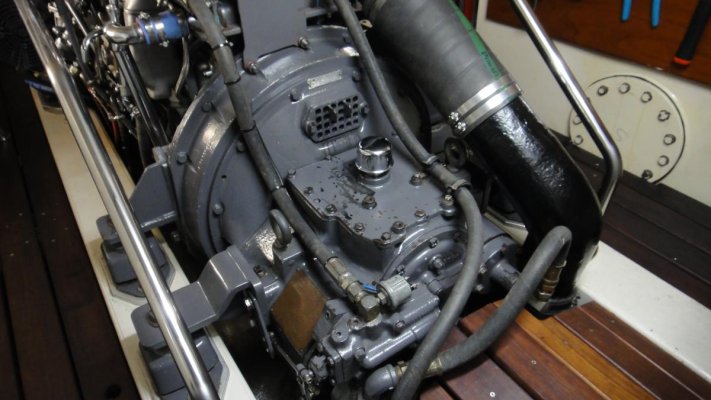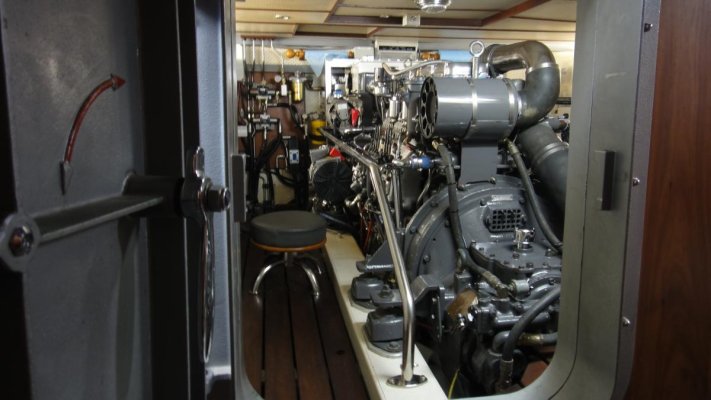- Joined
- Nov 8, 2012
- Messages
- 2,318
- Location
- Port Orchard, WA
- Vessel Name
- Sandpiper
- Vessel Make
- Bluewater 40 Pilothouse Trawler
I thought John Deere sold a previous version of their engines to Lugger.
I was told by an Alaska Diesel/Lugger rep at Seattle Marine Expo that they had to discontinue the Lugger line because they could not source diesel engines that met the current Tier emissions standards.
Alaska Diesel changed their name to Northern Lights to reflect the change in product line. They carry Yanmar for propulsion.
I was told by an Alaska Diesel/Lugger rep at Seattle Marine Expo that they had to discontinue the Lugger line because they could not source diesel engines that met the current Tier emissions standards.
Alaska Diesel changed their name to Northern Lights to reflect the change in product line. They carry Yanmar for propulsion.



